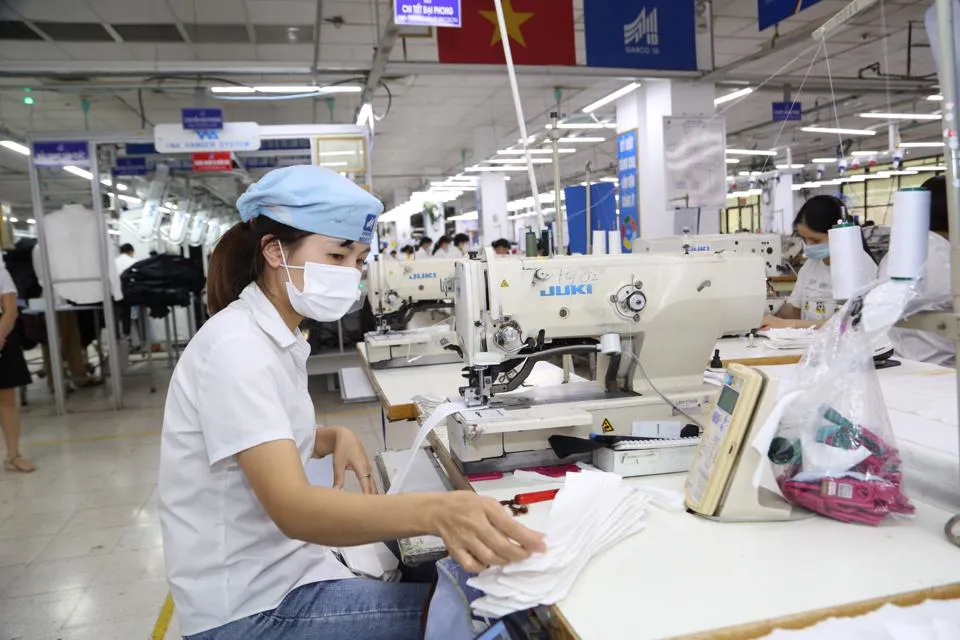Vietnam's textile industry on track to reach US$43-billion export target
The textile export turnover stood at $22.3 billion, up 17.7% year on year.
Vietnam’s textile exports in the last half could go up to US$20-21 billion, taking the total turnover of this year to $42-43 billion and in line with the target set for the year.
| Production at Garment 10 Company. Photo: Thanh Hai |
Chairman of the Vietnam Textile and Apparel Association (VITAS) Vu Duc Giang gave the forecast during a press conference held on July 21.
According to Giang, this year, the majority of Vietnam’s textile firms have gradually recovered following severe Covid-19 impacts during the 2020-2021 period.
During the first six months, Vietnam’s textile exports stood at $22.3 billion, up 17.7% year on year. Among the figures, garment exports rose by 20.8% to $1.4 billion; silk fiber by $2.76 billion, up 4.4%; and textile materials by $734 million, up 22.3%.
Vietnam also imported $13.4 billion worth of textile materials during the January-June period, up nearly 10% year-on-year. This resulted in the sector’s trade surplus of $8.85 billion during the period, up 32% year-on-year.
“This shows the strong efforts from local textile companies amid a difficult global economic environment,” Giang said.
The VITA's representative, however, expected major challenges for the textile industry for the remainder of the year, especially the risk of new variants from the SARS-CoV-2.
“Major markets for Vietnam’s textile products, such as China, Japan, or Taiwan (China) continue to adopt strict pandemic prevention measures, which have negative impacts on the value chain,” Giang said.
In addition, high inflationary pressure in the US, EU, and the fallout from the Russia-Ukraine conflicts have caused a surge in operational costs for local firms by 20-25%.
“Shortage of labor force in the post-pandemic period and strict requirements on rules of origin from free trade agreements are also a source of concern,” he continued.
Giang referred to the devaluation of the Euro that is causing a major impact on Vietnam’s textile export prospects, as consumers would think twice before purchasing new clothes.
“Demand for clothes in the EU may decline, but that would impact other exporting countries as well,” Giang said.
Referring to the export target of $42-43 billion, Giang called for local businesses to change production methods to better meet requirements from customers, along with market diversification to avoid dependence on a single market.
“Local businesses should grasp opportunities from a new trend of green and friendly products, and focus on training high-quality workforce for the fashion industry,” he said.










